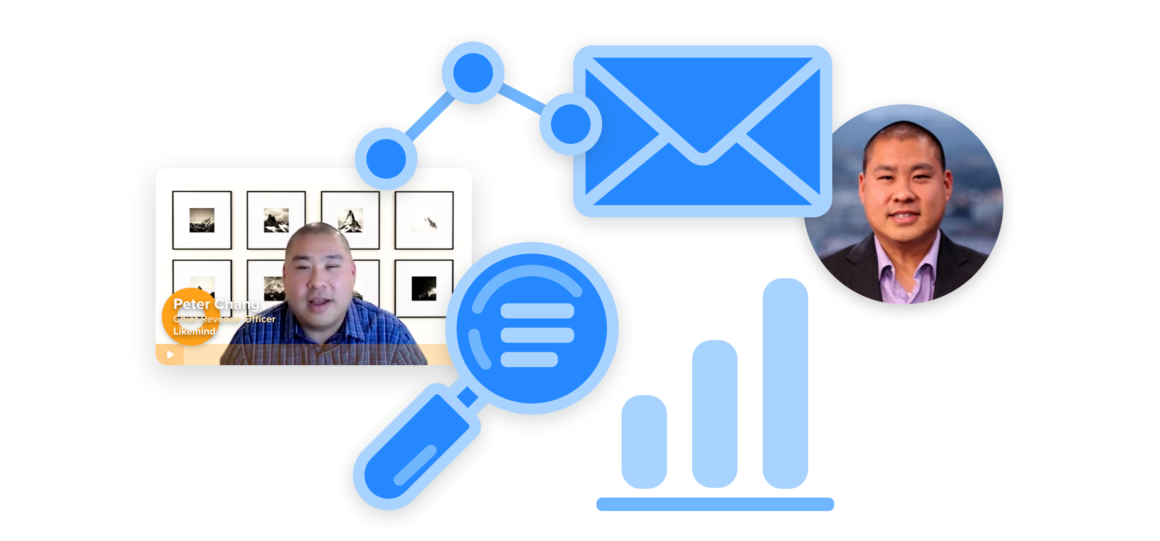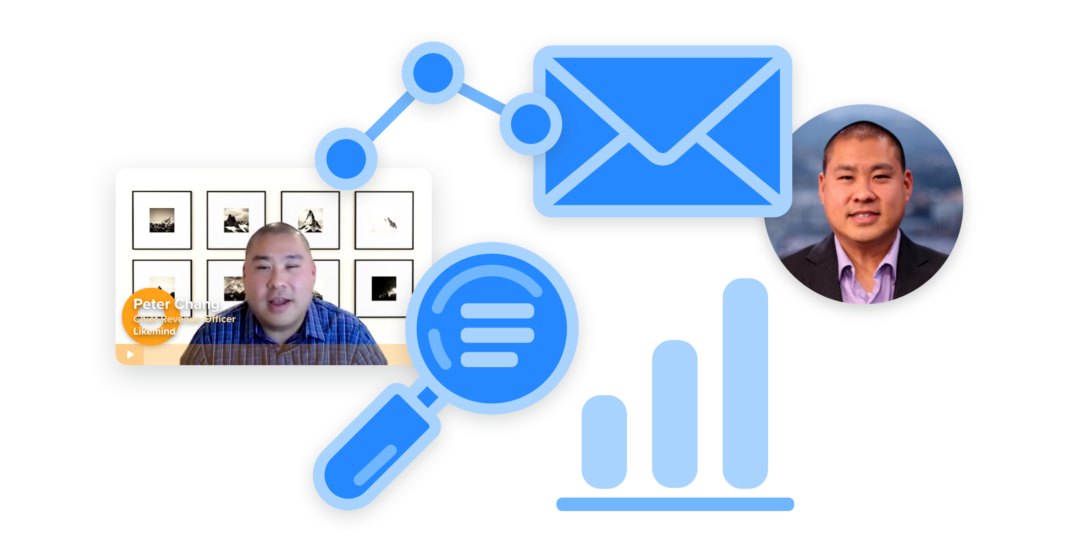In the scramble to prepare for a cookieless world wide web, one approach to solving for identity stands out: activating first-party data.
Publishers and brands have to double down on direct-to-consumer channels like email to collect first-party data that can help them learn more about their customers. And that doesn’t just mean measuring open and clickthrough rates. It means gathering information about people’s specific preferences and behaviors, from content categories to formats. Only then can publishers become immune to third-party cookie deprecation and gain control of their audience relationships.

The question is, once you have that data, how do you actually use it to target your campaigns and build more personalized experiences?
In a recent Real Time Banter episode, Likemind’s CRO, Peter Chang, shared how he’s doing just that – using unique first-party data signals to drive engagement via email.
“Email is an opt-in environment where the users choose to be a part of our user base,” Chang said. “And what we’ve seen over the years is that, for the pool of users that do stay and are active, it’s a very engaged group. So we can really strive to build more connections and relationships with them.”
Here are four proven tactics for activating first-party data in your email operation.
Recommend relevant content in emails
With just an email address, publishers can gain a deeper understanding of their audience’s interests.
“We can see if a user has an interest in home and garden content vs. travel content vs. sports based on what they’re clicking on and what they’re interested in,” Chang said. “We can even see, does a user like slideshows, do they like quizzes, or do they like immersive content?”

They can then use that information to provide readers with more of what they want to see in their email newsletters.
As Chang said, “It can be as basic as an internal content recommendation saying, ‘Hey, you like this article, here are five more that you haven’t read that you might be interested in.’”
Curate personalized, on-site experiences
This data-driven customization can extend to publishers’ websites too. After all, many marketers launch emails to drive clicks back to their articles, land pages, or product pages. They can use their first-party data to keep people engaged across platforms and throughout the user journey.
“If [a user] were to click on a specific article, we have the data that we can say, ‘Hey, does this user prefer to see it in a long-form format or do they like paginated?’” Chang said. “Using data to give users – especially in a learning environment – a very curated type of experience is just going to increase their engagement and retain them.”
Segment audiences for new product launches
When Likemind launches new products and publications, the company taps into its most valuable asset: its loyal audience of email readers. Now, that doesn’t mean it’ll send a mass announcement to its whole subscriber list. Instead, Likemind uses data to segment audiences and reach those most likely to be interested and engaged in the specific product. For example, if Likemind launches a sports trivia brand, it can email only users who’ve previously engaged with sports-related content.
“We can segment our audience based on data signals and then send c,” Chang said. “We’ve done that with two of our last launches, and we’ve built a very strong core audience of existing users. That’s been a great foundation to start getting the volume and the momentum [up], and then we open it up to other marketing channels.”
Optimize LTV with A/B testing
Publishers can gather email data by A/B testing their campaigns. Chang recommends letting those tests run for a cycle, such as a week or two, because one day of testing may not yield a comprehensive data set. And you want to make sure any sudden changes don’t affect customer lifetime value (LTV) or hurt your subscriber list in the long run.

“Let’s say we set up a template on an email that’s maximized for revenue,” he said. “If a good portion of your very engaged users just aren’t interested and they go away, there’s really no point. It’s very much about holistic testing through the entire journey.”
Once that data comes through, publishers can use it to optimize campaigns and increase LTV so that the loyal base of subscribers only continues to grow.
The post 4 first-party data strategies to boost email engagement appeared first on LiveIntent Blog.

